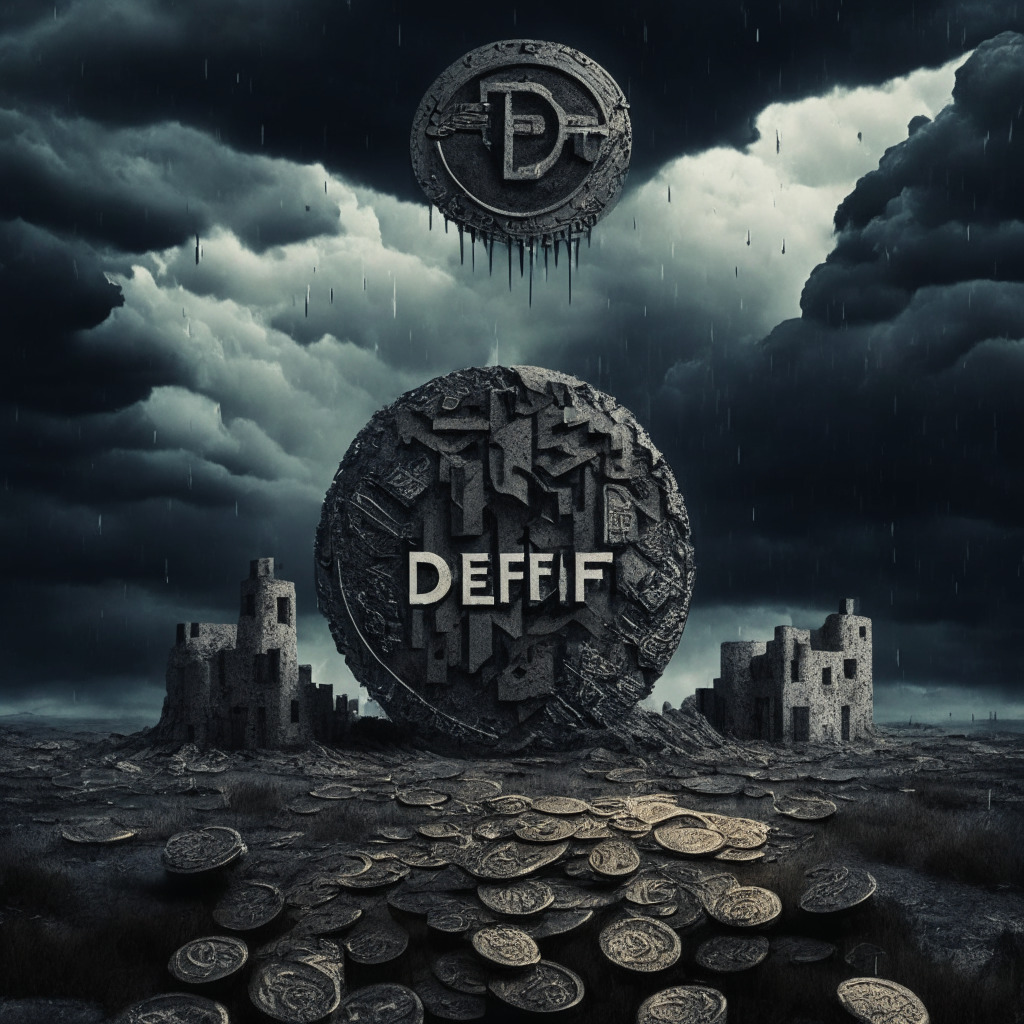In an attention-grabbing twist in the sphere of Decentralized Finance (DeFi), the alleged actions of Michael Egorov, founder of Curve Finance, have seemingly accelerated instability within the system. Egorov’s preferred method of utilizing his CRV holdings as leverage for sizeable token loans has forced several on-chain lending markets into precarious positions. A drop in the CRV price could trigger wide-scale liquidation at low sell-points, causing potential distressing debts and reverberating risk throughout the DeFi ecosystem.
Various DeFi protocols have begun implementing defensive strategies to prevent such a fiasco. A standout instance was the government-centric Decentralized Autonomous Organization (DAO) used by Abracadabra, a lending platform from which Egorov borrowed $18 million. Instead of succumbing to the sell-off spiral of CRV during a crisis, the DAO resolved to retain its CRV holdings. In what was deemed an emergency move, it radically altered its token pricing tracking strategy to avert any undesirable CRV sales and accumulation of bad debt.
Strengthening the ties binding DeFi protocols has also become a focal point for many teams. A salient example is the plea from a representative of the stablecoin-focused Reserve Protocol to its partnered DeFi majors such as Compound and Rocketpool to develop a more fortified response mechanism for unexpected crises like the one Curve currently faces.
Amid this semi-anarchic scenario, Nexus Mutual, likened to an insurance service that provides a protective layer against loss incurred due to hacks, predicts an influx of claims post the recent Curve onslaught.
Tuesday evening saw Egorov fervently liquidate assets to repay his lenders. Rather than projecting an atmosphere of despair, the mood veered towards wariness within the DeFi domain. With vast markets at stake, a sudden liquidation on Egorov’s part could severely destabilize a host of protocols.
In an incident related to liquidity protocol Balancer, doubts surfaced regarding the tool’s safety, one that tied to Aave, which was Egorov’s primary borrowing source. The general advice followed caution, proclaiming it safe for the time being. However, a stark warning followed – if the worst comes to pass, it would result in a DeFi apocalypse. The suggestion put forth was to exit to larger, more stable assets and centralized stablecoins until the situation settles.
From this unfolding saga, we gather two opposing perspectives on the resilience and fragility of the DeFi landscape. It nonetheless underscores the importance of proactive fragility mitigation measures and robust response strategies to withstand threats, thereby upholding the security of the vast decentralized world.
Source: Coindesk




